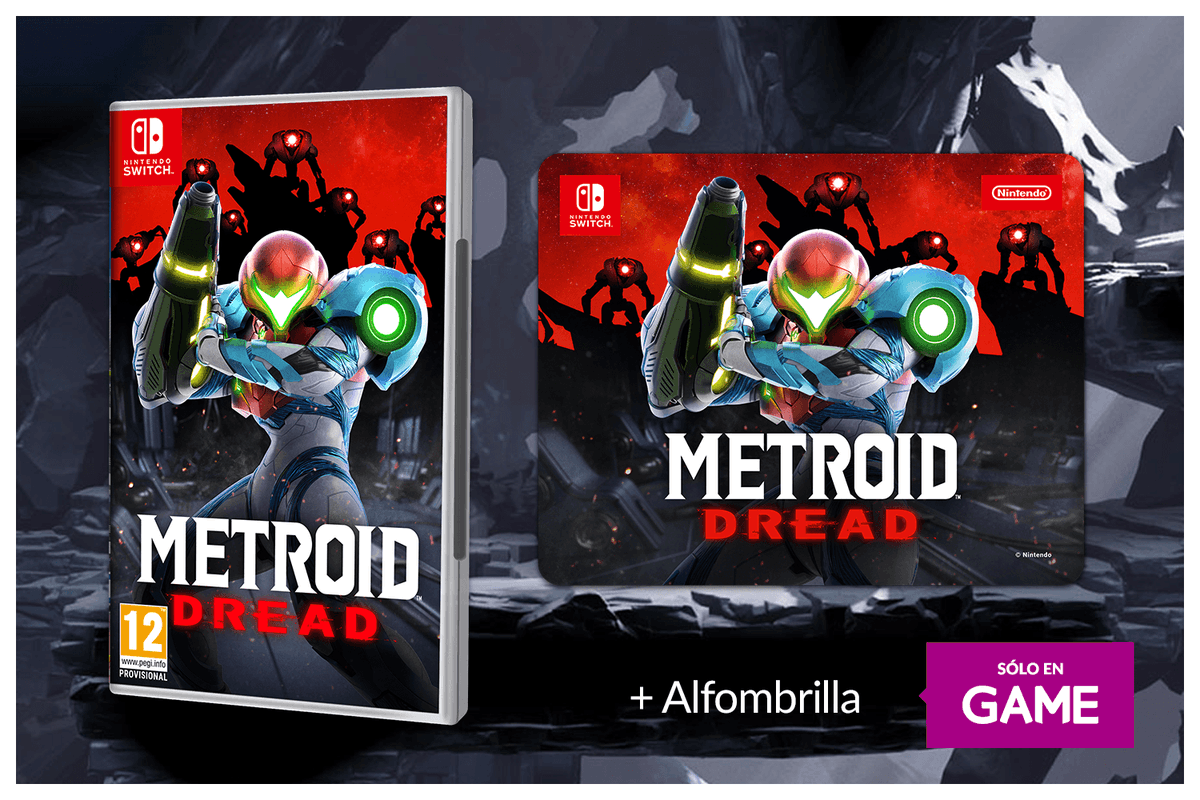
The art direction is quintessential Metroid with a sense of familiar visual clues to draw players back into this universe. From dark, foreboding sections that are paved only with slivers of light to the more robust, rather gorgeous outer areas, the extra graphical fidelity on the Nintendo Switch - especially the OLED screen model - really helps cement a picture of this new, uncharted land. Environments are intricately detailed, with plenty of depth to stitch together a planet that's very much machine and organic. In the opening moments of Samus' latest quest, it's immediately apparent just how striking the game is.


The boundless maze of exploration from Super Metroid, the action from Metroid Fusion and the more contemporary movement introduced in Metroid: Samus Returns. Metroid Dread is essentially that - a trifle of what these past titles have brought to the franchise, and to the "Metroidvania" genre of games.
#METROID FUSION NINTENDO SWITCH SERIES#
A re-imagining of the Game Boy Metroid classic developed in conjunction with Spanish studio, MercurySteam.įlash forward to 2021 and MercurySteam are back with a brand-new chapter in the Metroid series a culmination of what's come before it. A rollercoaster of announcements and speculation in the years that followed, until the emergence of Metroid: Samus Returns for Nintendo 3DS. The "Dread" moniker was first announced in the June 2005 issue of Game Informer, with vague hints of a release in various Nintendo magazines the following year. Before diving into the Nintendo Switch release, a little backstory.įans of the series had been waiting for a direct follow-up to Metroid Fusion, and had been teased since 2005 with rumblings of the game's development. With such a significant role stamped all over Metroid Dread, the game had to go in big, and it does. It's been thirty-five years since, and the Metroid series is celebrating its mid-decade anniversary with a tale that Sakamoto teased would "mark an end to that story arc" started back in 1986. A controversial choice in a sea of simpler action games, but one that ultimately paid off, big time. Back in the mid-eighties, Nintendo's R&D1 team brewed a tale of a bounty hunter that would explore that was essentially one enormous map, connected by rooms, platforms and gated by different abilities Samus would pick up along the way.

Contemporary side-scrolling adventures with inter-connected worlds owe a huge amount to the Metroid series.


 0 kommentar(er)
0 kommentar(er)
